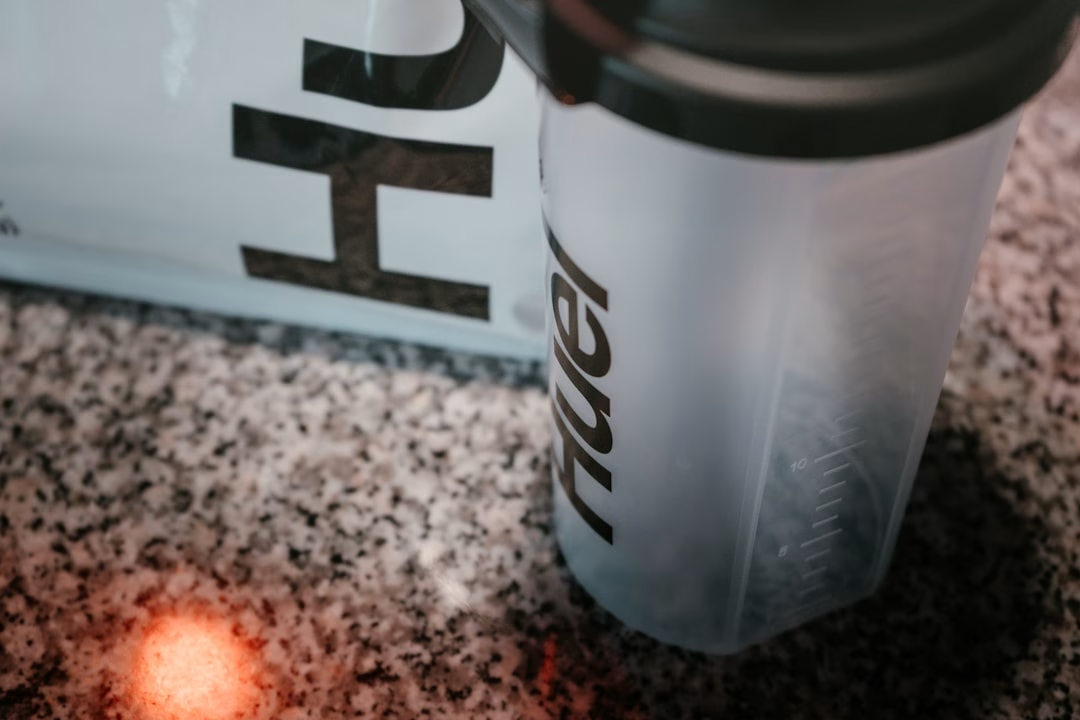Discover how surging whey prices are boosting Class III dairy values and shaking up the market. What’s driving this change and what does it mean for the industry?

After dropping to a low of 36 cents on April 12 and 15, the whey powder market has shown significant recovery. The CME spot dry whey price has surged to 48 cents per pound, marking the highest price since late February.
“Domestic demand for high-protein whey products has given a sizable boost to dairy protein values, and processors have directed much of the whey stream into high-protein concentrates,” said Sarina Sharp, analyst with the Daily Dairy Report.
According to USDA data, production of whey protein concentrate (WPC), which contains 50% to 89.9% protein, reached an all-time high in 2023. In the first four months of this year, output for both WPC with 50% to 89.9% protein and whey protein isolates (WPI), which contain at least 90% protein, increased by 9.7% and 9.6%, respectively, compared to the same period in 2022.
WPC and WPI are utilized as ingredients in:
- Infant formula
- Sports drinks
- Nutrition shakes
These products are high in protein. In comparison, lower-protein whey powder is often used in animal feed or in human food products, such as baked goods, chocolate and other candies, fortified dairy products, ice cream, infant formula, and clinical nutrition products.
“Increasing output of WPC and WPI, however, has not been enough to push whey powder production below early-2023’s already depressed volumes,” Sharp said. “The combination of modestly higher output and slower exports pushed whey powder prices to six-month lows in mid-April.”
Whey powder production for the January through April period increased by 1.9% compared to the previous year. However, more recently, dry whey production has been slowing down.
“Plant downtime and the use of whey solids for higher protein concentrates has kept dry whey availability in check,” wrote USDA’s Dairy Market News in a recent report.
“Tighter whey powder inventories have propelled spot whey prices up an impressive 30%, or 11 cents, in less than two months,” Sharp noted. “While most of the drama in the Class III space has occurred in cheese markets, whey has played an important supporting role. Its two-month rally has boosted Class III values by 66 cents.”
Key Takeaways:
- The whey powder market has rebounded, climbing to 48 cents per pound by late February from mid-April lows.
- Domestic demand for high-protein whey products has substantially buoyed dairy protein values.
- Whey protein concentrate (WPC) and whey protein isolates (WPI) production reached record highs in the first four months of 2023.
- WPC and WPI are popular ingredients in high-protein products like infant formula and sports drinks, while lower-protein whey is used in animal feed and various food products.
- Despite increased WPC and WPI output, overall whey powder production remains slightly higher than earlier 2023 levels due to slower exports.
- Reduced dry whey production is due to plant downtime and diversion of whey solids to higher protein concentrates.
- Tightened whey powder inventories have resulted in a 30% increase in spot whey prices over less than two months.
- The rally in whey prices has contributed to a 66-cent boost in the Class III values.
Summary:
The whey powder market has seen a significant recovery after dropping to a low of 36 cents on April 12 and 15. The CME spot dry whey price has surged to 48 cents per pound, marking the highest price since late February. Domestic demand for high-protein whey products has given a significant boost to dairy protein values, and processors have directed much of the whey stream into high-protein concentrates. Production of whey protein concentrate (WPC) and whey protein isolates (WPI) reached an all-time high in 2023, with output increasing by 9.7% and 9.6% compared to the same period in 2022. WPC and WPI are used as ingredients in infant formula, sports drinks, and nutrition shakes. However, increasing output of WPC and WPI has not been enough to push whey powder production below early-2023’s already depressed volumes. Whey powder production for the January through April period increased by 1.9% compared to the previous year. Tighter whey powder inventories have propelled spot whey prices up an impressive 30%, or 11 cents, in less than two months.











